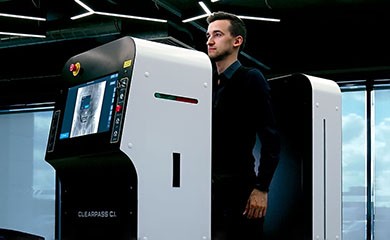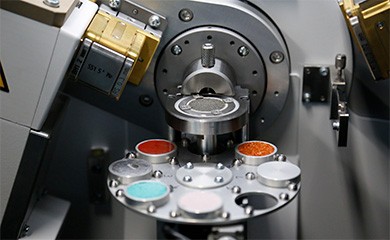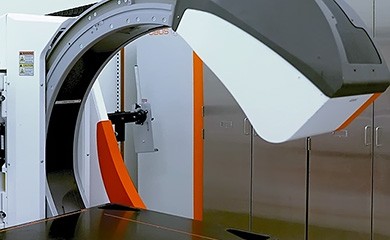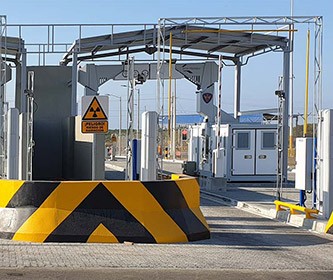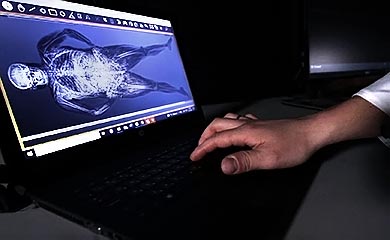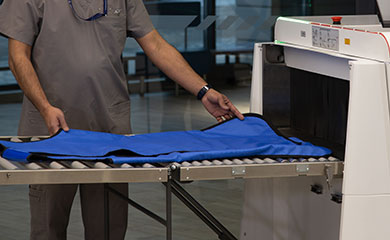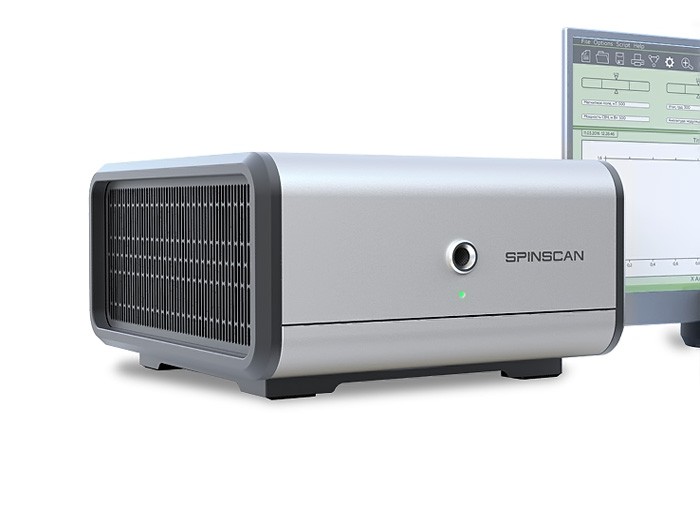
LINEV Systems has established itself as a trailblazer in the field of benchtop science products. With a dedication to innovation, accuracy, and excellence, LINEV Systems is transforming the industry of science instruments by providing professionals, such as researchers and scientists, with cutting-edge solutions for their laboratory requirements. LINEV Systems stands out for its commitment to creating cutting-edge benchtop analytical equipment in an environment where science is becoming more demanding and fast-paced.

TELLUS XRD Series

Essential benchtop XRD for education and routine powder analysis in quality control labs

Versatile research-grade diffractometer with thin-film, texture, and stress analysis capabilities
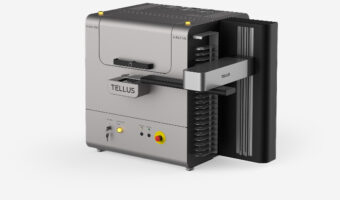
Industrial-grade XRD system for automated, high-throughput powder analysis in cement, mining, and process industries.
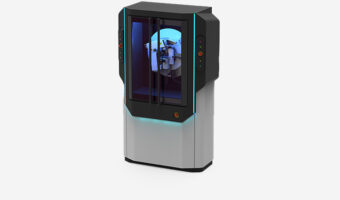
High-resolution XRD system for advanced studies of epitaxial films, residual stress, and complex materials
Sample Preparation

LOT #S1001 | Agate mortar and pestle for contamination-free grinding and mixing of powders
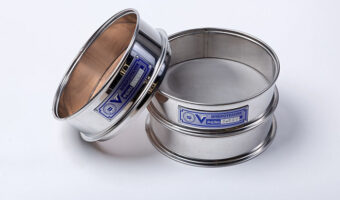
LOT #S1002 | Sampling sieve for separating fine powders from lumps during sample preparation
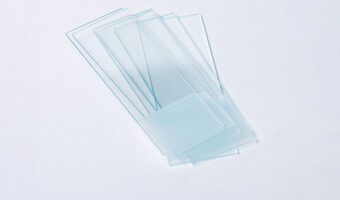
LOT #S1003 | Glass plates for leveling powdered samples in cuvettes during preparation

LOT #S1004 | Glass plates for reverse loading method, ensuring smooth leveling of powdered samples
Knife-collimators

LOT #K1001 | Mechanical knife-edge collimator for manual beam adjustment, reducing noise and optimizing small sample analysis

LOT #K1000 | Automated knife-edge collimator with smart beam control and adaptive noise reduction
Cuvettes

LOT #C1002 | The cuvette is designed for positioning Standard reference materials or cuvettes without background interference
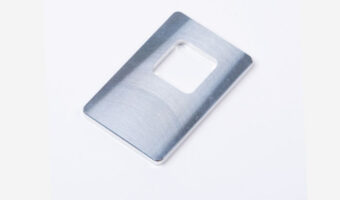
LOT #C1003 | Cuvette designed for backfilling and compacting powdered materials in the pit to ensure uniform distribution and consistent density

LOT #C1004 | Cuvette with cover for backfilling and pressing powders, providing secure fixation and protection against spillage
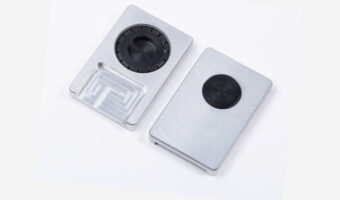
LOT #C1005 | Cuvette with adjustable loading depth for direct or backfilled powdered samples, ensuring flexible and precise sample preparation
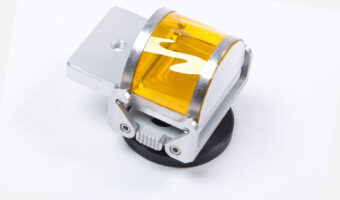
LOT #C1006 | Sealed cuvette for direct filling of powdered samples with hermetic protection, preventing contamination and ensuring reliable analysis

LOT #C1007 | Cuvettes for sample rotators and automated changers, ensuring stable samples and reproducible results
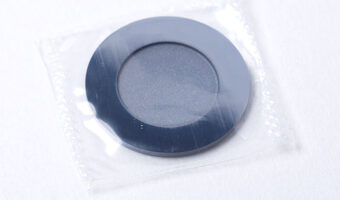
LOT #C1008 | Background-free silicon cuvette for precise X-ray diffraction with minimal noise and interference
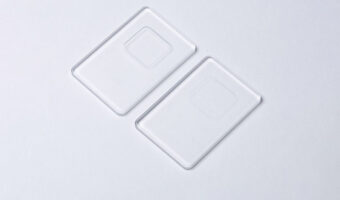
LOT #C1001 | Cuvette for direct powder filling with adjustable depth and choice of rectangular or circular recess
Alignment elements

LOT #A1001 | Alignment slit for forming a precise low-divergence X-ray beam and instrument calibration

LOT #A1002 | Narrow alignment slits for precise diffractometer setup and incident beam adjustment
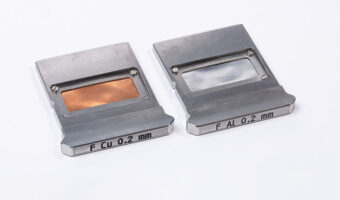
LOT #A1003 | XRD attenuators made of Al or Cu foil for precise beam intensity control

LOT #A1004 | Certified reference samples for XRD calibration, ensuring accuracy, reproducibility, and reliable performance verification
Optical elements

LOT #O1001 | Incident beam mask for adjusting X-ray beam size with interchangeable tantalum or brass plates

LOT #O1002 | Divergence slit forming a precise low-divergence X-ray beam for high-resolution diffraction

LOT #X1001 | Kβ filter for selective suppression of tube radiation, improving spectral purity in XRD
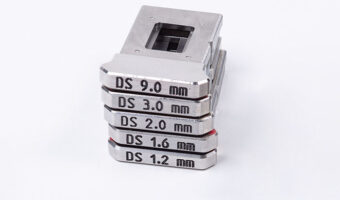
LOT #O1003 | Antiscatter slit for small-angle XRD, reducing background radiation at low diffraction angles

LOT #O1004 | Soller slits with 2.5° or 5° divergence to limit axial beam spread for precise XRD
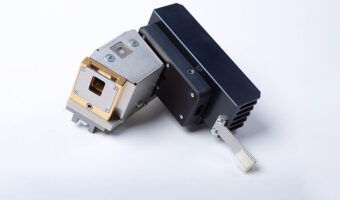
LOT #O1006 | Graphite monochromator for Cu Kα radiation, enhancing spectral purity and improving XRD measurement quality
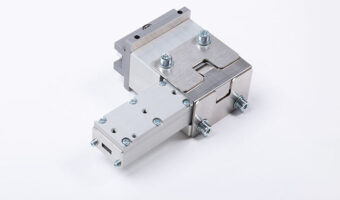
LOT #O1007 | Soller slits with 2.5° or 5° divergence to limit axial beam spread for precise XRD

LOT #O1008 | Goebel mirror for forming a monochromatic quasi-parallel X-ray beam with minimal divergence.
X-ray Tubes
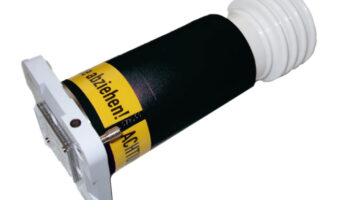
LOT #X1002 | High-power ceramic X-ray tubes with various anode materials for precise diffractometry
Holders

LOT #H1001 | Precision holder for bulk samples ensuring secure fixation, accurate leveling, and easy handling
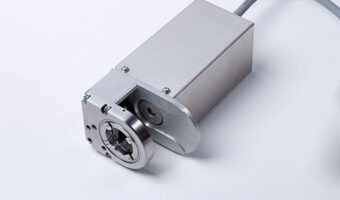
LOT #H1002 | Electromechanical stage for rotating cuvettes, minimizing texture effects and improving XRD accuracy
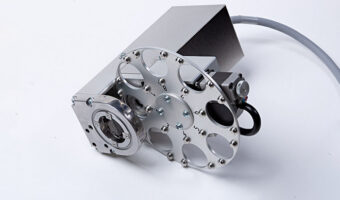
LOT #H1003 | Automated sample changer for 8 cuvettes, boosting throughput with seamless control and efficiency
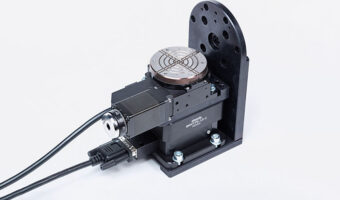
LOT #H1004 | Two-axis Z-Phi stage for precise sample alignment, enabling advanced XRD techniques with high accuracy

LOT #H1005 | High-temperature chamber for XRD with precise control of thermal conditions and sample integrity
X-ray diffraction (XRD) is a valuable laboratory technique used in materials research to investigate various materials’ chemical composition and crystal structure. It provides detailed information on properties such as crystal orientation, crystallite size, lattice strain, preferred orientation, and layer thickness without causing damage to the sample. Scientists rely on XRD for its versatility in analyzing a wide range of materials, including powders, solids, thin films, and nanomaterials.
The basic working principle of an X-ray diffractometer involves the following steps:
The diffractometer contains an X-ray tube that emits a monochromatic X-ray beam with a specific wavelength, such as copper Kα radiation (λ = 1.54 Å). The X-rays are directed towards the sample being analyzed.
The sample, typically in the form of a powder or single crystal, is mounted on a sample holder. The sample holder can be rotated to different angles to expose different crystal planes to the incident X-ray beam.
When the X-rays interact with the crystal lattice of the sample, they are diffracted by the atomic planes within the crystal structure. The diffracted X-rays form a diffraction pattern, with peaks corresponding to the angles at which constructive interference occurs between the scattered X-rays.
A detector positioned opposite the sample collects the diffracted X-rays and generates a diffraction pattern. The detector records the intensity of diffracted X-rays as a function of diffraction angle.
The diffraction pattern is analyzed using specialized software to determine the crystal structure, phase composition, lattice parameters, and other material properties. By comparing the diffraction pattern with reference patterns in databases, researchers can identify the crystalline phases present in the sample.
The results obtained from XRD analysis are interpreted to gain insights into the material’s structure, composition, and properties. The diffraction data can be used to study the material’s phase transformations, defects, texture, and other characteristics.
X-ray diffractometer enables scientists and researchers to investigate the atomic arrangement within crystalline materials and obtain valuable information about their structural properties through XRD analysis.
The fastest way to hear back from us is to fill the contact form below. Our appropriate department will get back to you depending on your inquiry as soon as possible.
Get XRD diffractometer
Benchtop X-ray diffractometers offer several advantages over larger, more traditional XRD instruments, making them a popular choice for many laboratories and industrial settings. Some of the key benefits of benchtop XRD systems include:
- Compact size: tabletop XRD instruments are significantly smaller and more portable than traditional floor-standing XRD systems. This compact size makes them ideal for labs with limited space or for on-site analysis in various locations.
- Ease of use: Desktop XRD systems are designed to be user-friendly, with simplified sample loading procedures and intuitive software interfaces. This ease of use allows operators with varying levels of expertise to set up and run analyses quickly.
- Quick analysis: Tabletop XRD instruments typically have faster analysis times compared to larger XRD systems. This rapid analysis capability enables users to obtain results quickly, making benchtop XRDs suitable for high-throughput applications.
- Low Maintenance: Desktop XRD systems often require less maintenance than larger instruments, reducing downtime and operational costs. They may also have self-diagnostic features that help identify and troubleshoot issues efficiently.
- Cost-effective: Tabletop XRD instruments are generally more affordable than traditional floor-standing XRD systems, making them a cost-effective option for labs with budget constraints or those looking to add XRD capabilities without a significant investment.
- Versatility: Despite their compact size, benchtop XRD systems can still provide high-quality data and are suitable for a wide range of applications, including phase identification, quantitative analysis, and crystal structure determination.
Benchtop X-ray diffractometers (XRD) are versatile instruments that can be used in various settings for different applications. Some common places where benchtop XRD instruments are used include:
- Research laboratories: Benchtop XRD is commonly found in academic and industrial research laboratories where materials analysis, crystallography, and structural characterization are performed.
- Quality control laboratories: Industries such as pharmaceuticals, chemicals, and materials manufacturing use benchtop XRD instruments for quality control and process monitoring to ensure the consistency and quality of their products.
- Educational institutions: Benchtop X-ray diffraction (XRD) is used in universities and colleges for teaching, allowing students to learn about crystallography, phase identification, and material characterization.
- Geological and environmental research: Benchtop XRD instruments are used in geology and environmental science to analyze minerals, soils, and environmental samples for research and monitoring purposes.
- Forensic laboratories: Benchtop X-ray diffraction (XRD) can be used in forensic analysis to identify and characterize materials, such as drugs, explosives, and unknown substances.
- Art and archaeology conservation: Benchtop XRD instruments are used in art and archaeology conservation to analyze materials, pigments, and artifacts for preservation and restoration purposes.
- Pharmaceutical industry: Benchtop XRD instruments are used in the pharmaceutical industry for drug development, formulation analysis, and polymorph screening to ensure the safety and efficacy of pharmaceutical products.
